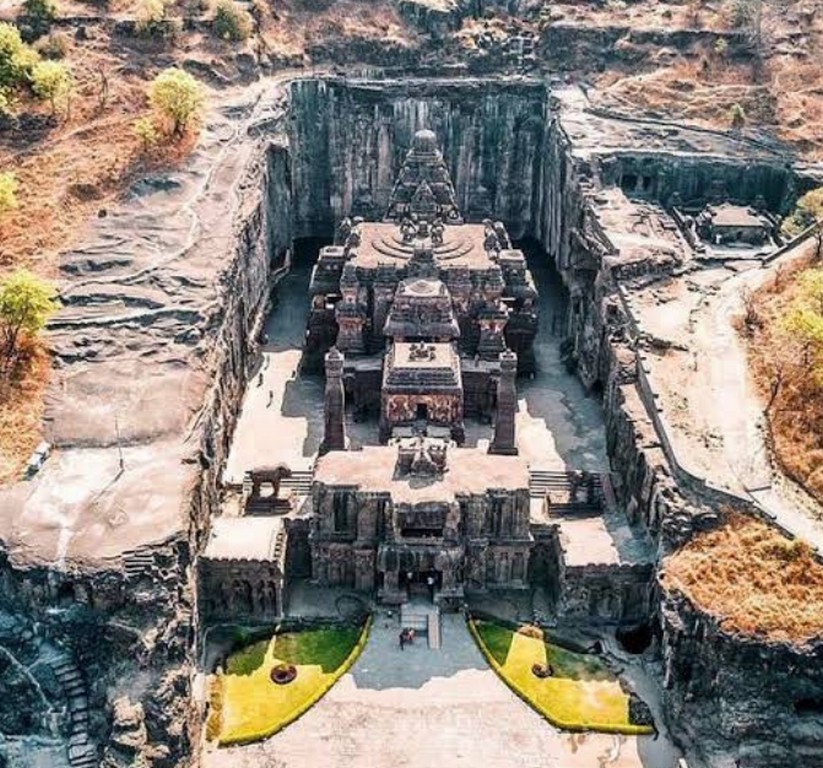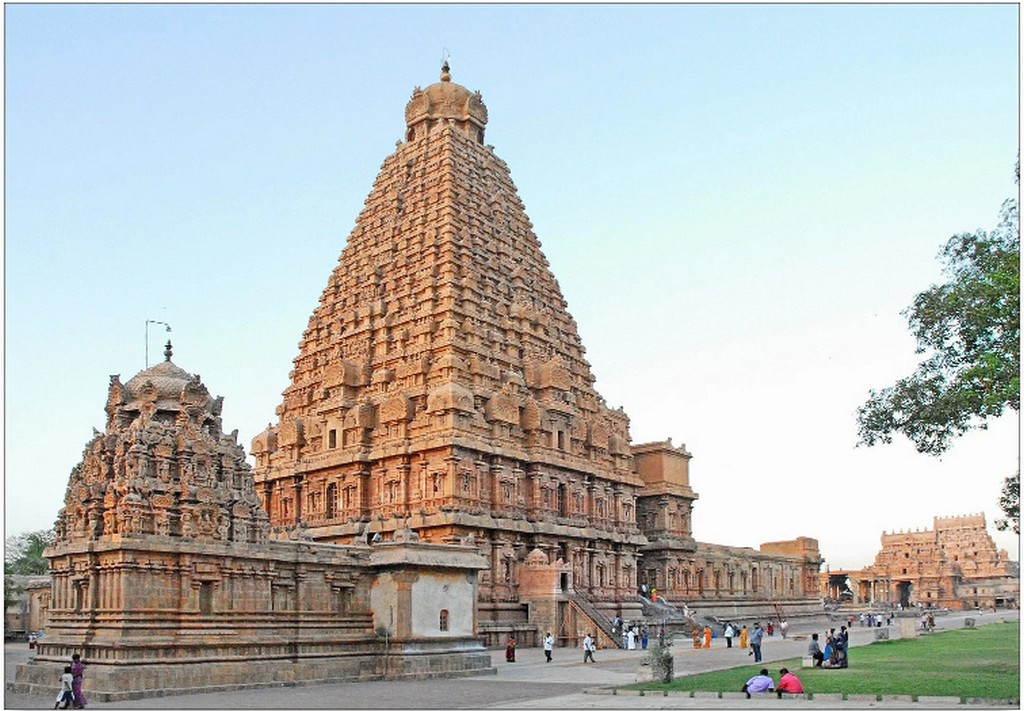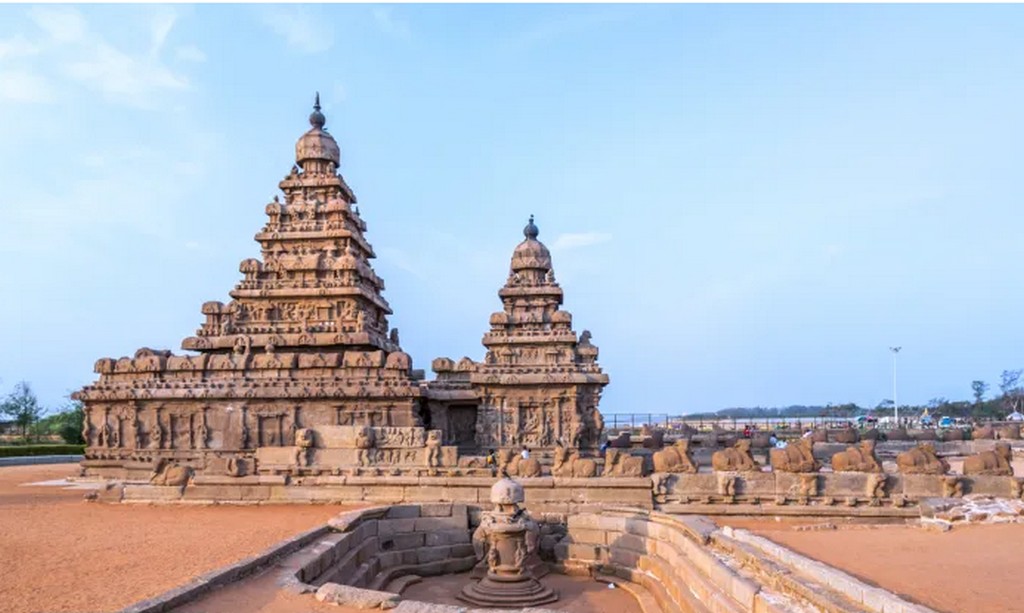Dravidian Style Of Temple Carving – Southern Architectural Excellence
24/01/2024 2024-07-04 0:14Dravidian Style Of Temple Carving – Southern Architectural Excellence
Introducing the Dravidian Style of Temple Carving:
The Dravidian style of temple design of South India was spearheaded by the Pallavas who ruled in parts of Karnataka, Andhra Pradesh, and northern Tamil Nadu until the ninth century. Even though they were for the most part Shaivite, a few Vaishnava holy places moreover survived their rule. It is now so prominently being heard all across the country due to the Ram Mandir but it has been in its prime for a very long time.
The early buildings are by and large credited to the rule of Mahendravarman I, a modern of the Chalukyan ruler, Pulakesin II of Karnataka. Narasimhavarman I, also known as Mamalla, who consented to the Pallava position of royalty around 640 CE, is celebrated for his building works.
The highlights of this Dravidian style of temple design engineering are:
- The Dravida temple is encased inside a compound divider.
- The front divider has an entrance door in its middle, which is known as a Gopuram.
- The shape of the sanctuary tower known as Vimana in Tamil Nadu is like a ventured pyramid that rises geometrically instead of the bending shikhara of North India.
- Within the South Indian temple, the word ‘shikhara‘ is utilized as it were for the delegated component at the top of the sanctuary which is as a rule molded like a little stupika or an octagonal cupola— typically identical to the amalak and kalasha of North Indian sanctuaries.
- Furious Dvarapalas or the door-keepers guarding the temple embellish the entrance to garbhagriha
- It is common to discover a huge water store or a temple tank, encased inside the complex.
- At a few of the foremost holy temples in South India, the sanctuary in which the garbhagriha is arranged has, in fact, one of the littlest towers. This can be because it is usually the most seasoned portion of the sanctuary
A brilliant example of the Dravidian Style of Temple Carving is Kailashnath Temple at Ellora may be a celebrated case of a temple built in total Dravidian Style.

Another one is the magnificent Shiva temple of Thanjavur, called the Rajarajeswara or Brihadeshwara temple, it was built in the Dravidian style and was completed around 1009 by Rajaraja Chola, and is the largest and tallest of all Indian temples.
The contribution of Pallavas to Dravidian architecture
- In the south, the Pallavas created beautiful monuments in the 7th CE AD
- Mahendravarman and his son Narasimhavarman were great patrons of art and architecture (Their contribution to rock-cut architecture will be discussed elsewhere)
- The shore temple at Mahabalipuram was built later, probably in the reign of Narasimhavarman II, also known as Rajasimha. It has shrines dedicated to Shiva and Vishnu
The contribution of Cholas to Dravidian architecture
- The Cholas perfected the Dravidian temple style inherited from the Pallavas. During this time, the architectural style became more elaborate by moving away from the early cave temples of the Pallavas
- Stone came to be used as the predominant material for the construction of the temples during this time
- Gopurams became more prominent. They were decorated with carvings representing various Puranas
- The Vimanas attained a greater grandeur during the Chola period.
- Greater emphasis was given to the use of sculptures in the construction of the temple.
The Contribution of Badami Chalukyas
The Badami Chalukyas, also known as the Early Chalukyas, were rulers from Badami, Karnataka, from 543 to 753 CE. They introduced the Vesara style known as Badami Chalukya Architecture. Notable examples of their artwork can be found in Pattadakal, Aihole, and Badami in northern Karnataka. There are still over 150 temples in the Malaprabha basin. The Chalukya dynasty’s most significant contribution is their architecture and art. More than 150 monuments, built between 450 and 700, can be found in the Malaprabha basin in Karnataka.
The Contribution of Western Chalukyas
The Western Chalukyas are known as the Kalyani Chalukyas or Later Chalukyas. They ruled the Deccan from 973 to 1180 CE, with their capital in Kalyani, Karnataka. They further developed the Chalukyan style known as Western Chalukya architecture. There are more than 50 temples in the Krishna-Tungabhadra doab in central Karnataka.
The Dravidian style of temple design is most unmistakable since it covers the complete South Indian States in India, such as Tamil Nadu, Kerala, Karnataka, Telangana, and Andhra Pradesh. The South Indian temple design is diverse and select in fashion.
Indian architecture is a subject of immense interest and exploration. Every architectural mystery is magical and worth learning about. Join us at JD Institute of Design by just clicking on the link https://www.jdinstitute.edu.in/ .















